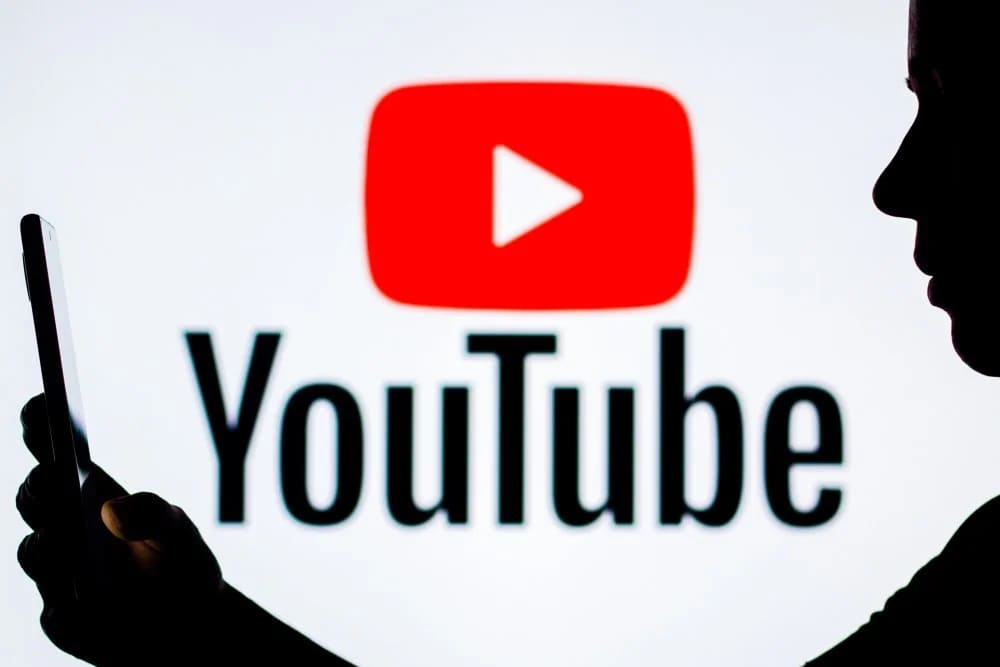- New Rules and Enforcement
- Impact on Young Creators
- Broader Safety Context
YouTube will require users to be at least 16 years old to livestream alone on the platform starting July 22, raising the minimum age from 13 in a move the company says is designed to protect minors from online risks.
The policy change represents a tightening of restrictions for young creators as tech platforms face mounting pressure from regulators worldwide to better safeguard children online. Users between 13 and 15 can still appear in livestreams, but only if an adult is visibly present throughout the broadcast.

Under the updated guidelines, teenagers under 16 who want to continue livestreaming must have an adult added as a channel manager, editor, or owner who will initiate streams through YouTube's Live Control Room12. The adult must remain visible on camera during the entire broadcast.
YouTube warns that violations will result in escalating penalties. Initially, the platform may disable live chat features for non-compliant streams13. The company plans to eventually remove livestreams that violate the policy and temporarily revoke livestreaming privileges from offending accounts1. Using a different channel to circumvent restrictions could lead to account termination1.
The change particularly affects teenage gaming streamers, who often begin building audiences in their early years12. According to Engadget, the restrictions "will no doubt come as a blow for younger creators with a large existing audience"3.
YouTube will notify affected creators by email if their streams are taken down, the company's TeamYouTube account said on X3. The platform has included new safety guidelines specifically targeting 16 and 17-year-olds who can continue streaming, advising them to keep personal information private and ensure an adult knows they are broadcasting4.
The policy update builds on YouTube's existing child protection measures and comes as governments worldwide scrutinize how tech platforms handle minors. In Australia, lawmakers are considering restricting social media access for users under 16 unless robust age-verification systems are implemented1. The UK's Online Safety Act has imposed stricter requirements on digital platforms to protect younger audiences1.
Google, YouTube's parent company, announced in February it would use machine learning to estimate users' real ages, targeting those who misrepresent their birth dates23. The company stated the livestreaming changes are "part of our ongoing work to protect children and teens on YouTube"4.



